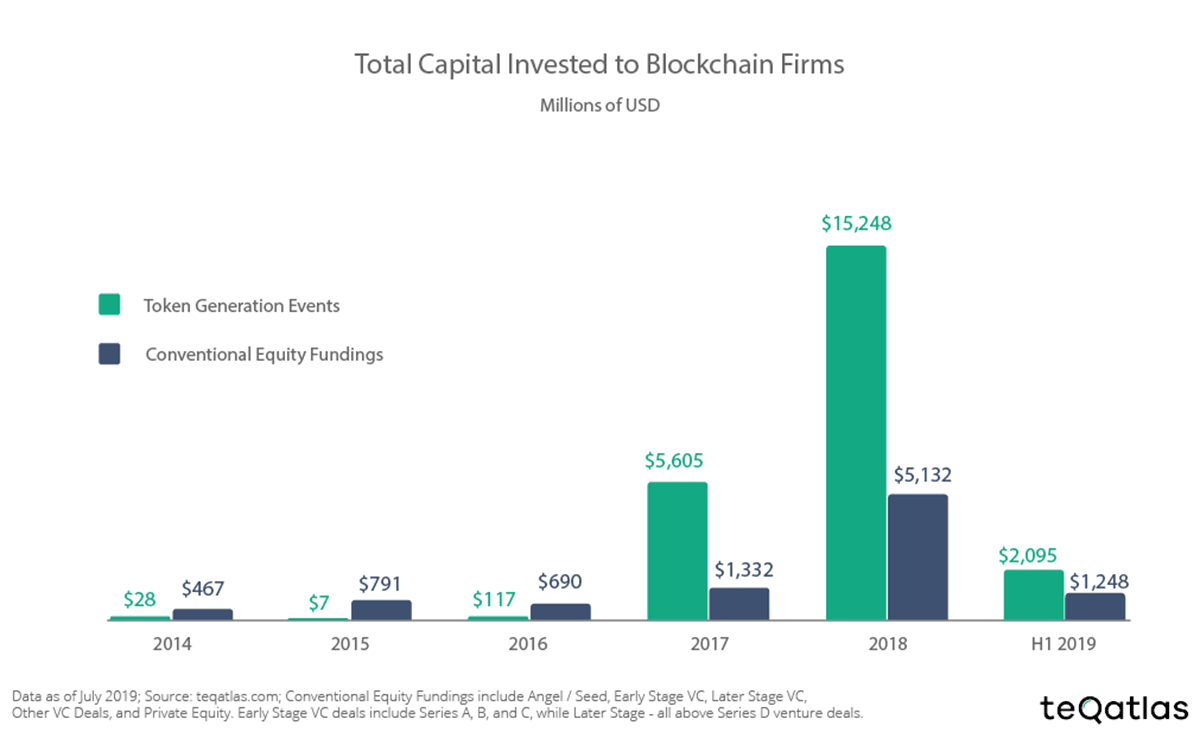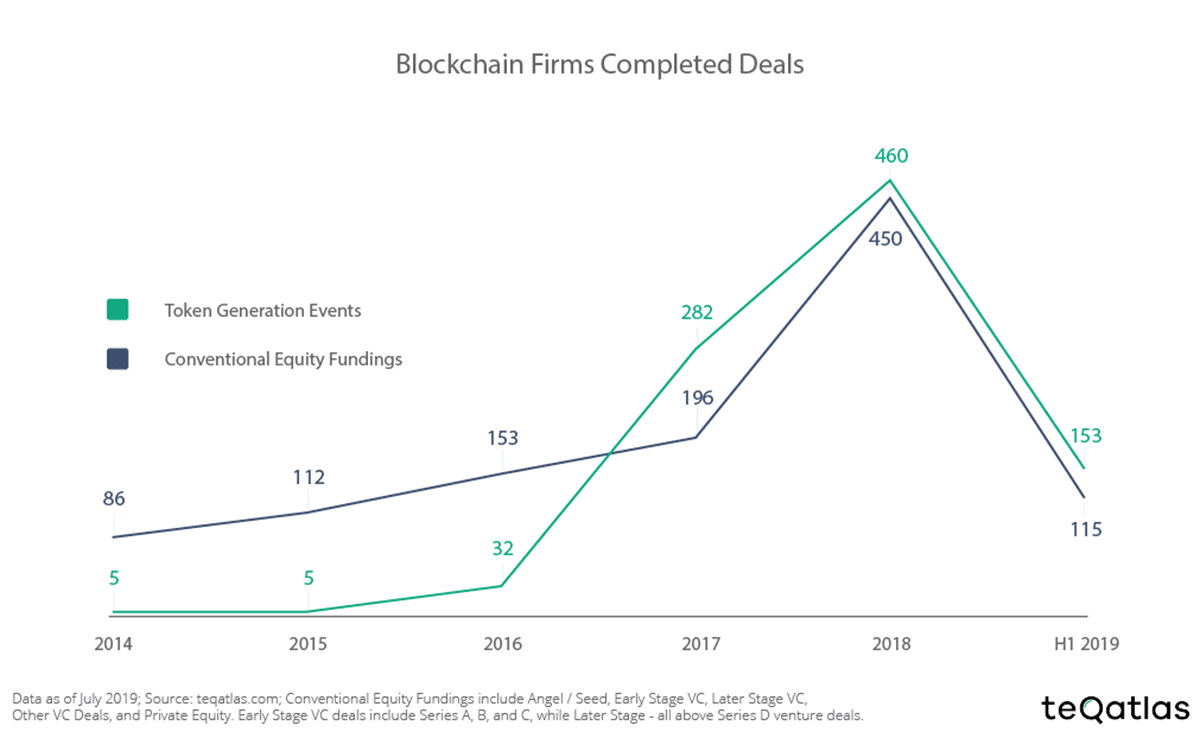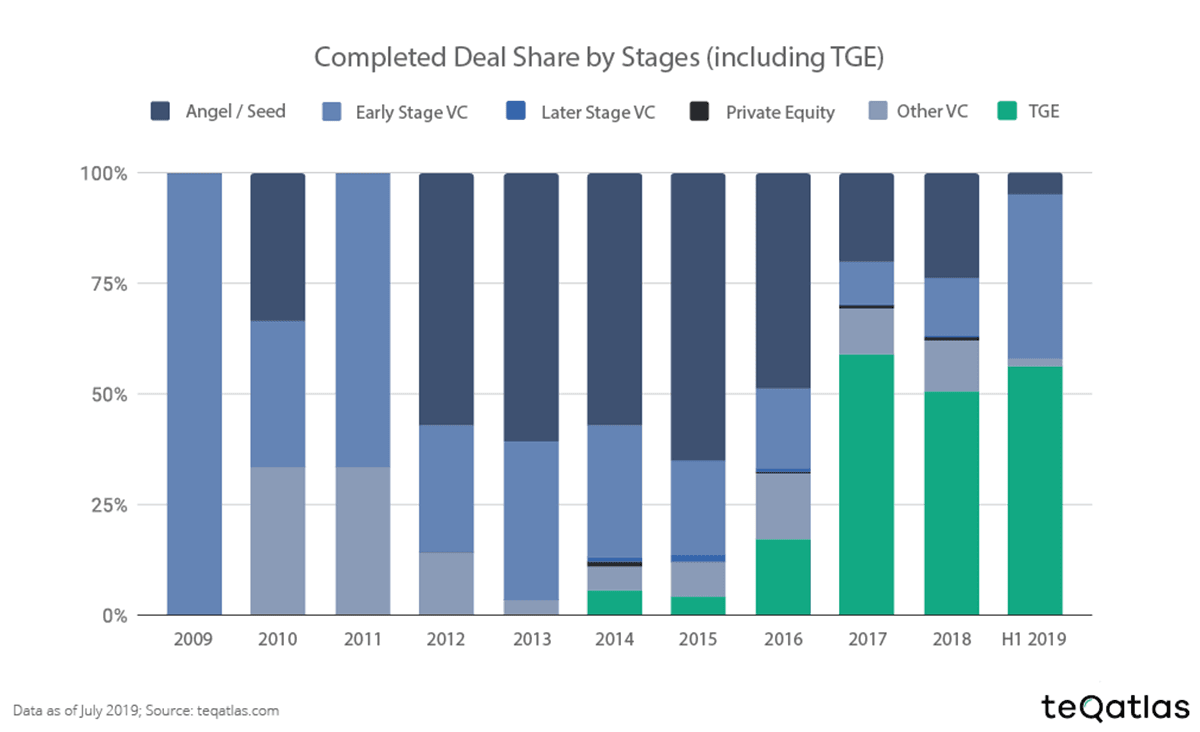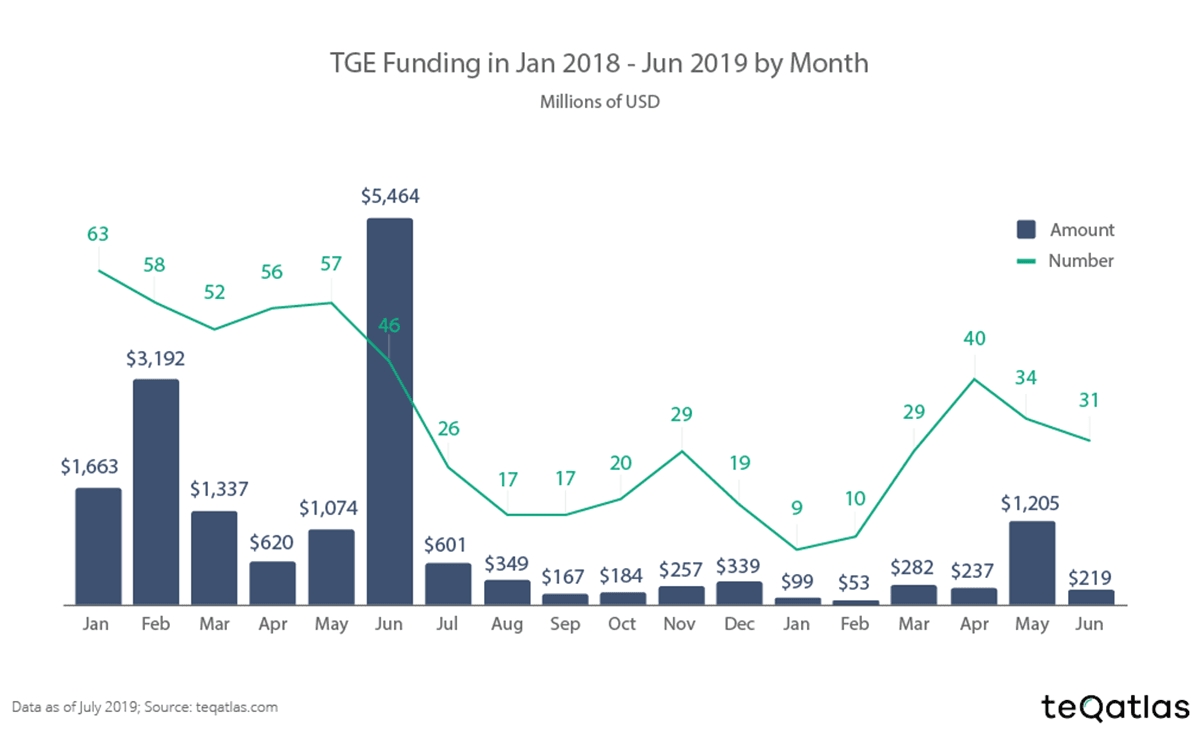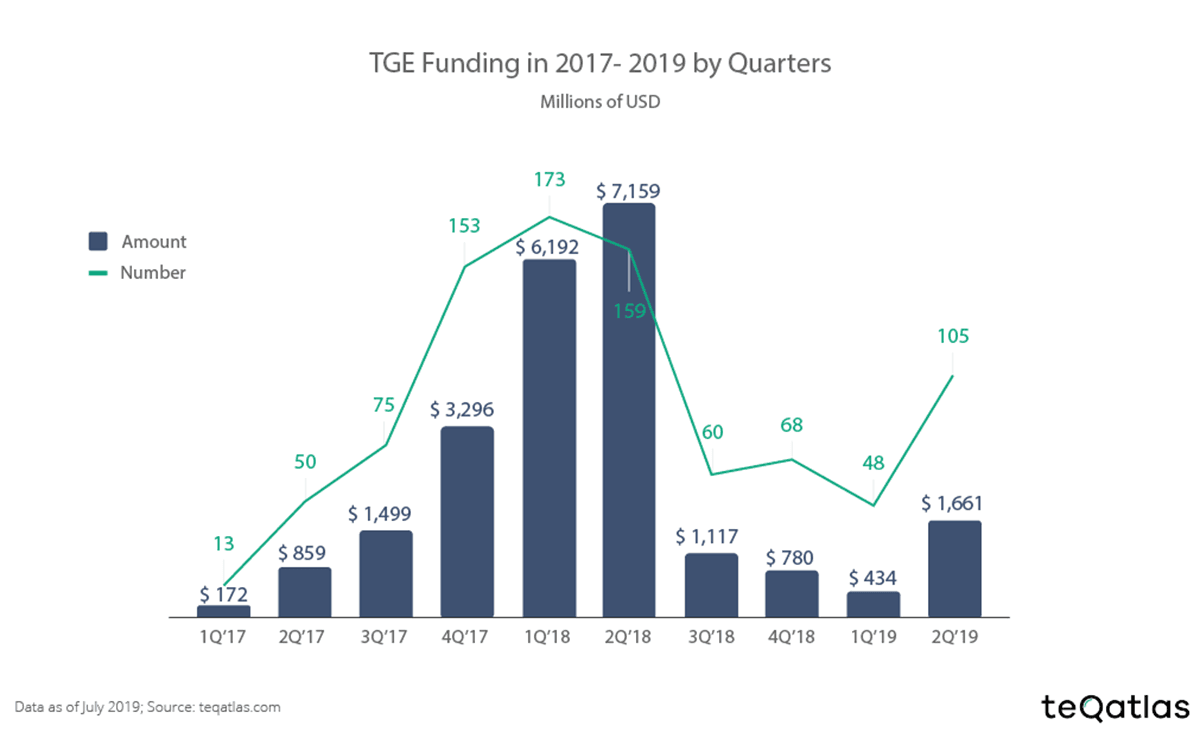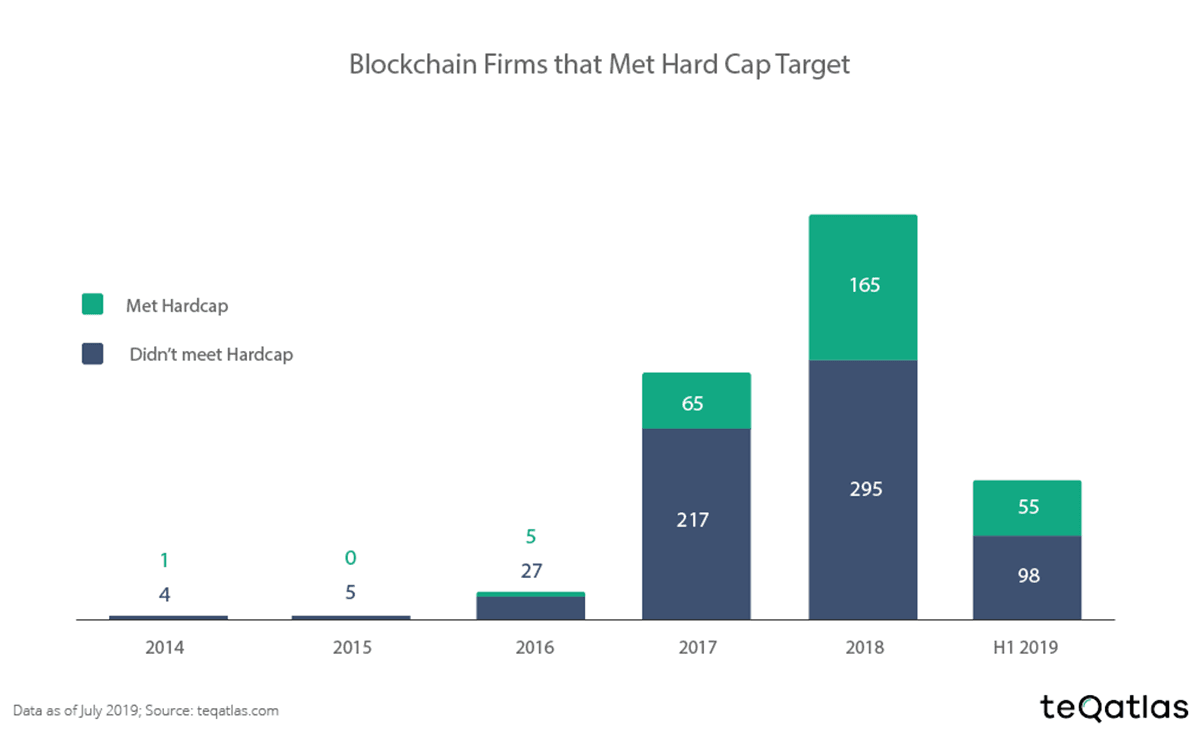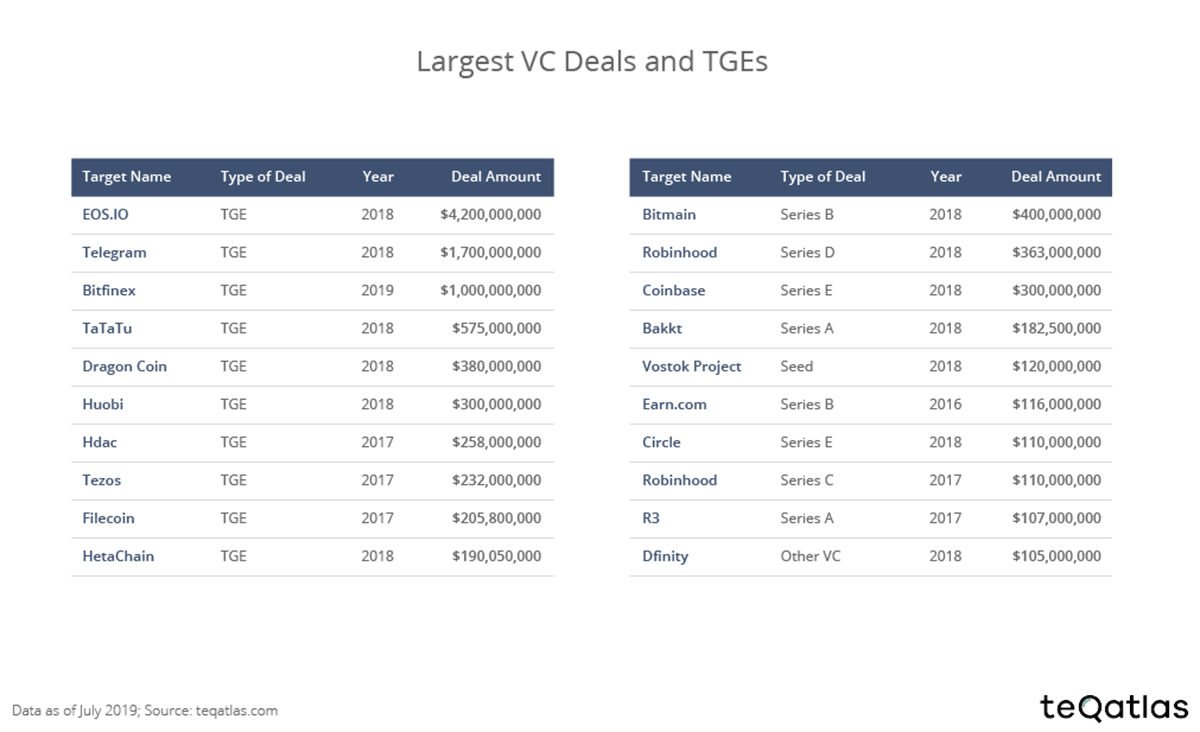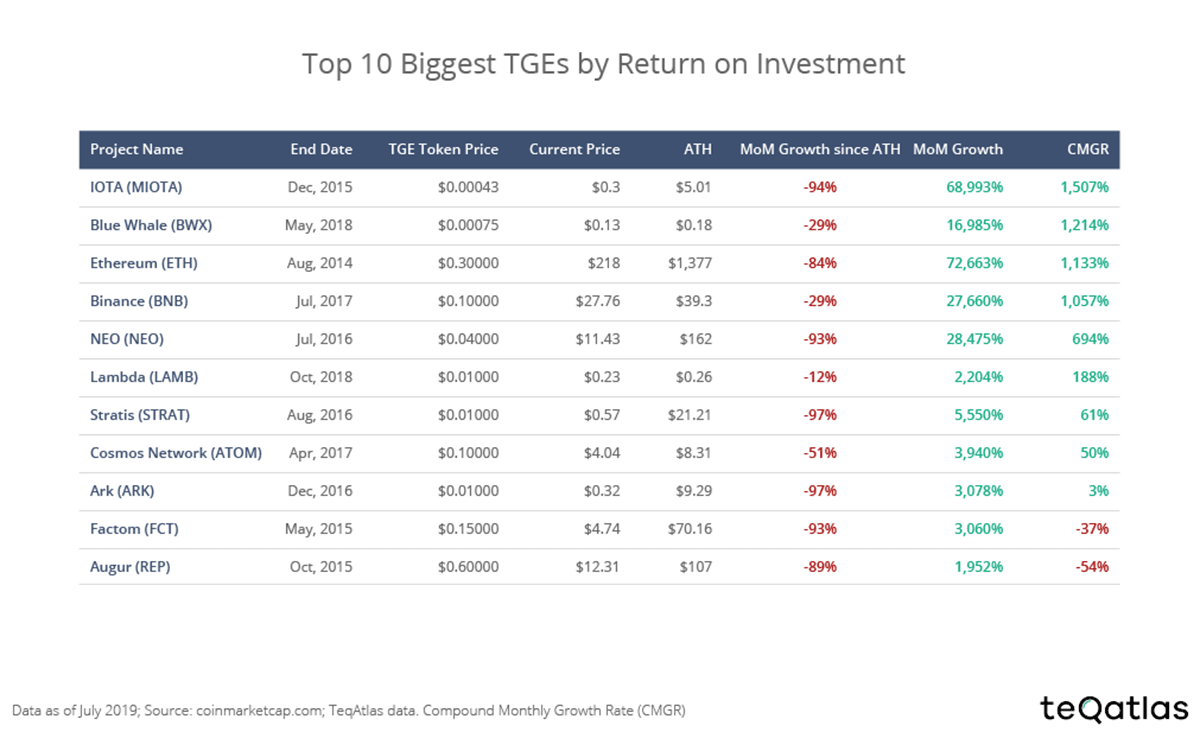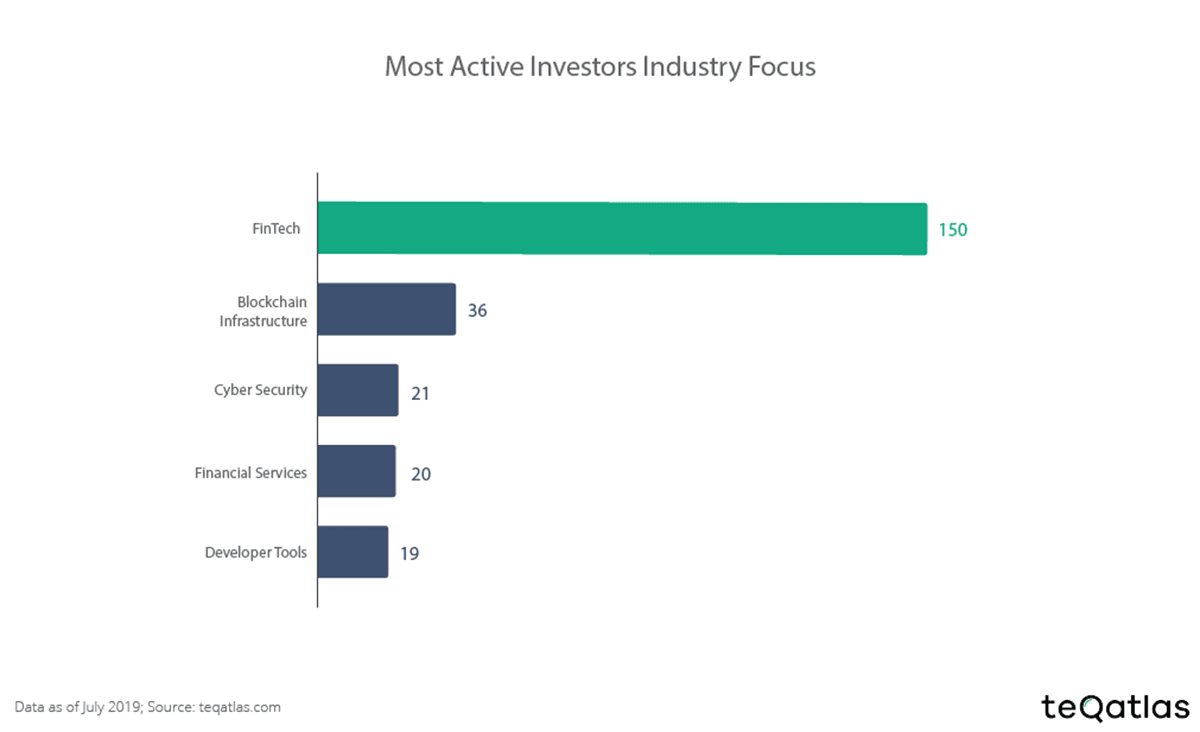SPONSOR: ThreeD Capital Inc. (IDK:CSE) Led by legendary financier, Sheldon Inwentash, ThreeD is a Canadian-based venture capital firm that only invests in best of breed small-cap companies which are both defensible and mass scalable. More than just lip service, Inwentash has financed many of Canada’s biggest small-cap exits. Click Here For More Information.

Large Enterprises Are Betting On Blockchain In 2019

- First half of this year was full of blockchain developments led by large enterprises in almost all important sectors, including insurance, financial services, supply chain, healthcare and trade finance.
Biser Dimitrov Contributor
2019 is the year when the blockchain ecosystem and the crypto industry as a whole had to get sober. After a wild 2017 and a bear 2018, the blockchain space is back on an upwards trajectory with new developments. There are no more Initial Coin Offerings (ICOs) to distract the crypto ecosystem and the building mentality is back on. This post-ICO and post-useless-PR-partnerships age urges the blockchain community to be less focused on the current price of bitcoin and more focused on producing meaningful services and advancements. Big projects from established enterprises like Facebook Libra are taking all the media space now and this is net positive for the enterprise blockchain space as well.
The first half of this year was full of blockchain developments led by large enterprises in almost all important sectors, including insurance, financial services, supply chain, healthcare and trade finance.

There is a huge benefit in joining a specialized industry-focused blockchain consortium because you sit at the same table with your main competitors but at the same time you work toward the same goal. You are not alone in figuring out the benefits, implementations and roll-out of distributed ledger technologies. There is also a financial benefit when commonly building applications as sometimes the membership fee is lower than the cost of hiring and training blockchain developers. Some of the big names in leading blockchain consortia networks that have made significant progress so far in 2019 are:
- B3i, a blockchain consortium focused on the insurance industry, recently launched its first live product on R3’s Corda platform. Their members include big insurance and reinsurers companies like Allianz, Munich Re, Swiss Re, Tokio Marine, XL Catlin and Zurich.
- Energy Web Foundation (EWF) launched their enterprise-grade public blockchain with 17 applications already on it. That network consists of 100 affiliate members like Total, Shell, GE, Siemens, Duke Energy and PG&E.
- Global Shipping Business Network (GSBN) was created by five of the ten largest container carriers: CMA CGM, COSCO SHIPPING Lines, Evergreen Marine, OOCL, and Yang Ming.
- Two of the largest health insurance companies in the United States, Humana and UnitedHealth Group, have teamed up to tackle the massive datasets of provider demographic data from hospitals and medical partners.
- Health Utility Network was formed by Aetna, Anthem, Health Care Service Corporation, PNC Bank and IBM to drive digital transformation and blockchain enabled-solutions within the healthcare industry.
- In the space of trade finance, the biggest names are project Voltron, focusing on letters of credit; Marco Polo, implemented on R3’s Corda; and we.trade, which runs on IBM Blockchain and consists of 12 of the biggest European banks, including CaixaBank, Deutsche Bank, HSBC, Santander, Société Générale, UBS and UniCredit. They are all moving forward with pilots and we have seen live results, like the completed transaction between the European Union and Asia on Marco Polo.
- The owners of the famous Louis Vuitton label, LMVH, launched a special blockchain that will help prove the authenticity of expensive goods. It is built on Ethereum with the help of Microsoft.
- Samsung launched a consortium including six major South Korean companies, focused on launching a blockchain-based mobile ID system. The company is already pretty advanced in their blockchain and crypto developments with the release of the Galaxy S10 phone with designated crypto wallet and Blockchain Keystore online app marketplace. Moreover, Samsung released a developer-friendly Blockchain SDK.
- The IBM Food Trust network launched. Built on Hyperledger Fabric, the network aims to create a traceable audit log for time-sensitive foods and when an issue occurs, the network participants will be able to pinpoint exactly where the damaged items shipped and won’t have to empty all their shelves. The consortium consists of companies like the European giant Carrefour, Walmart, Nestle, Dole Food, Tyson Foods, Kroger and Unilever.
- Walmart, similarly to Samsung, is involved on several different tracks with blockchain. They have joined MediLedger, a private consortium that aims to create a drug supply chain. Apart from that they are also partnering with KPMG, Merck and IBM as part of the FDA’s program to evaluate the use of blockchain to protect pharmaceutical product integrity. Recently it become public that Walmart also filed a patent for issuing a digital currency on a blockchain, or stablecoin, as they are known in the industry.
The whole private consortia ecosystem is still in early development but the right mentality is there. We will see how the technology develops over time to support those formations. A popular approach might be a hybrid infrastructure, where consortium members interact with each other in a permissioned environment or a shard but eventually anchor to some public blockchain for audit and reference purposes.
From the enterprise blockchain technology perspective, this first half of 2019 was pretty interesting and the major blockchain platforms made progress in not only improving and maturing their services but releasing new products. The general sentiment has been to focus on privacy, consensus options and digital asset standardization in anticipation of the tokenization revolution.
- Digital Asset is another of the big names that made great progress in 2019. While work with the Australian Stock Exchange (ASX) is still going as planned, they have completely open-sourced their modeling language, called DAML. That move was very well accepted by the blockchain developer community as DAML is a great language to code smart contracts with.
- The Hyperledger family got bigger with a new tool called Transact, which should provide advanced transaction execution and state management. The long-awaited version of Fabric 2.0 is still in the shop but once released it will provide performance improvements in many areas, such as data storage, privacy and consensus layer, over the current 1.4.2 version.
- Pantheon, the open source enterprise Ethereum client from PegaSys, launched version 1.2 with extensive privacy features like on-chain smart contract node and account rules, whitelisting nodes and others.
- Microsoft was very active during H1 2019 and launched a decentralized online identity platform on top of the bitcoin blockchain called ION. More than that, they continued to expand on their Azure Blockchain development kit, which is very helpful from a developer perspective.
- R3 achieved a large milestone this year by releasing version 4 of their Enterprise Corda protocol. Now their well-rounded team is perfectly capable of publishing regular releases on both the open source and the enterprise versions of Corda. Another great achievement was releasing the Token SDK; now it is easier to implement and work with tokens on the Corda network. Recently also R3 announced a large expansion of their London office and growing of IT team.
- Ernst & Young released their project Nightfall, which uses zero-knowledge proof (ZKP) technology to enable transfers of Ethereum-based tokens with complete privacy. There are a few things that E&Y are doing here that deserve acknowledgment. They are using the permissionless public Ethereum network, which is the complete opposite of the permissioned and siloed approach adopted by similar enterprises. Then they rely on privacy and implement ZKP to achieve that. It remains to be seen what they will decide to support when Ethereum 2.0 becomes a thing and the current chain might split as not nodes will migrate.
2019 has proven to be a year when blockchain technology has gotten down to business. Going further from the wild early days of bitcoin and cryptocurrencies, blockchain is making large steps in nearly every industry, from insurance to pharmaceuticals to luxury goods. Backed by large enterprises, we saw the maturing of the underlying protocols and improvements in security and privacy aspects. There is still a lot to be done as the core blockchain infrastructure needs to mature enough to be prime-time ready, and like Q1 and Q2, the second half of 2019 is certain to be filled with new developments.
Source: https://www.forbes.com/sites/biserdimitrov/2019/08/13/large-enterprises-are-betting-on-blockchain-in-2019/#5521e97a1bff

